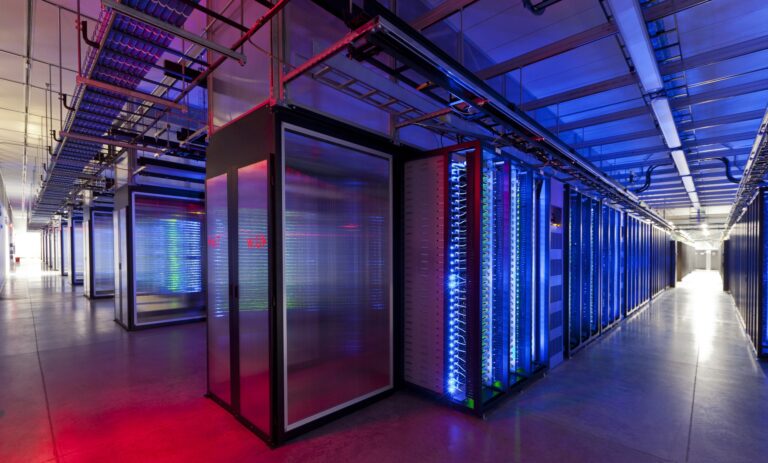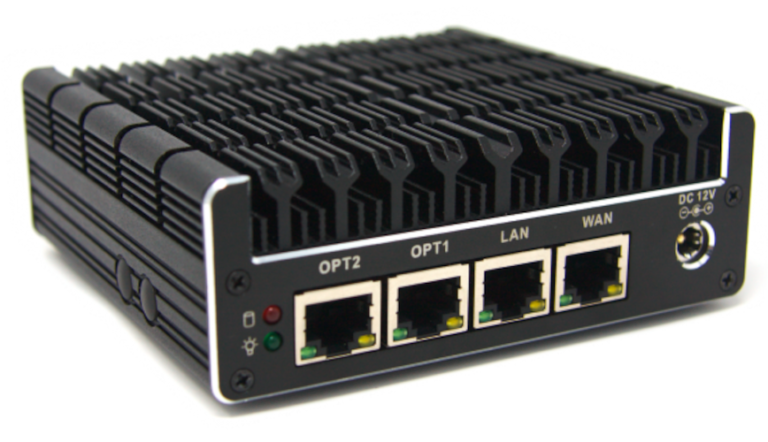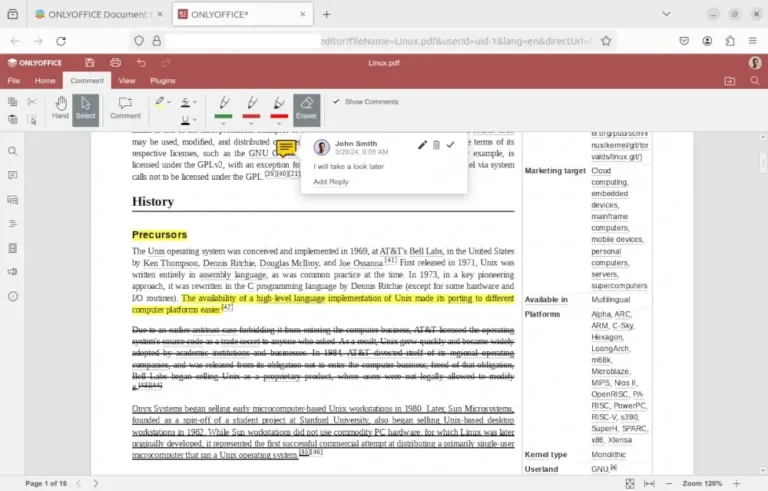
But it doesn’t have to be that way. There’s a reward to business continuity:
Editor’s Note (2025 Update): This article has been refreshed to include current DRaaS and business continuity trends, including AI-driven failover orchestration, predictive risk modeling, and autonomous recovery simulations.
Don’t underestimate the importance of culture in continuity planning. A culture that values resilience and preparedness empowers employees to take initiative, communicate effectively, and adapt during a crisis. Leadership commitment is essential to instill this mindset and ensure resources and attention are consistently allocated to continuity efforts.
In 2025, cloud-native DRaaS platforms have evolved even further, leveraging AI-driven failover orchestration, predictive risk modeling, and autonomous recovery simulations. These advancements not only reduce human error during crises but also help organizations proactively identify and remediate weaknesses before disruptions occur. By combining these intelligent features with robust security integrations, modern DRaaS solutions can deliver near-zero downtime for critical workloads while maintaining compliance with evolving regulatory requirements.
However, despite its many benefits, implementing DRaaS does not replace the need for a robust business continuity plan (BCP). To borrow a popular metaphor: DRaaS is the cart, and business continuity is the horse. Without a strong, updated business continuity strategy, your DRaaS solution may save your critical data, but you could still lose your business.
Cloud providers have innovated rapidly in DRaaS capabilities, offering automated failover, geographic redundancy, and integration with security tools to minimize downtime and data loss. This shift has made disaster recovery more accessible to organizations of all sizes, including small and mid-sized businesses that previously could not afford expensive secondary data centers.
Many organizations develop their plans in isolation within IT departments, only to discover critical business functions and stakeholders were never involved. This siloed approach risks gaps in the plan, leaving operations vulnerable in a crisis. Other companies start well but never revisit or test their plans, so when disaster strikes, the plan is outdated or unrealistic.
Avoidable Failure
Cataloging and rating your risks has the added benefit of demystifying them, making them manageable. Most risks seem scarier when ignored or poorly understood. Knowledge gives you the power to act proactively rather than reactively.
T start with, DRaaS is more cost-effective than maintaining a separate, fully mirrored disaster recovery site. It helps your CFO shift expenses from capital expenditures (CapEx) to operational expenditures (OpEx). It’s backed by service level agreements (SLAs) with your cloud provider, or at least it should be. It frees your IT team to focus on the immediate physical and operational challenges posed by a disaster. And it’s vastly faster and more reliable than traditional tape backups.
Investing in both DRaaS and comprehensive business continuity planning enables your organization to withstand disruptions and emerge stronger. The choice to act proactively today can mean the difference between temporary inconvenience and permanent business failure tomorrow.
- Business continuity is not just about identifying what’s wrong with your operations; it’s about highlighting what’s working well and building on those strengths to make your business more efficient, reliable, and resilient. It’s a chance to think strategically, not just tactically.
- Business continuity is a team effort, not finger-pointing. Continuity is the shared responsibility of everyone—not just IT but business leaders and stakeholders.
- Effective business continuity fosters communication and collaboration across departments. IT and business units must share responsibility and accountability for the organization’s ongoing health.
- Modern business continuity planning encourages the inclusion of cyber resilience, remote workforce readiness, and supply chain risk management which are critical in today’s interconnected environment.
The Power to Act
The true value of business continuity planning goes beyond technology. Done right, it fosters ongoing conversations between IT and business units, building trust and shared confidence in the team’s ability to face future challenges together. Combine a well-implemented DRaaS solution with a vigorous business continuity plan, and you create a powerful combination of long-term resilience and cost-effective protection.
Developing a business continuity plan is best done in phases. Start with a business continuity roadmap that outlines where you are now and where you want to be. Identify risks to critical business and IT systems and determine how much risk your organization can realistically accept. (Eliminating all risk is impossible.) This roadmap should also include a budget and timeline showing what needs to be done, when, and at what cost. You don’t need to do everything at once. The key is sustainability while aligning your goals with available resources and time.
That’s the challenge: commit relentlessly to the rigors of business continuity planning or risk facing preventable failure. This is a daunting thought, and many organizations prefer to avoid it altogether. Business continuity planning is often seen as a once-every-few-years, cumbersome, and disruptive exercise, sometimes compared by veterans to a lengthy, isolating experience like a legal sequestration.
For example, a company might decide to accept some downtime for non-critical applications during a disaster to save costs. Another may invest heavily in redundant systems to guarantee near-zero downtime. The choice is yours, but it must be deliberate.
Business Continuity as a Living Process
Disaster Recovery as a Service has made protecting critical data easier and more affordable than ever. However, technology alone will not guarantee your business’s survival. A strong, up-to-date business continuity plan that aligns people, processes, and technology is essential.
Business continuity planning is not a one-time project. It’s a living process, like maintaining a healthy lifestyle or fitness routine. An effective plan’s scope must be as broad as the organization it protects, ensuring every detail is accounted for and the right stakeholders involved.
In today’s fast-paced digital world, organizations cannot afford prolonged downtime or data loss. Disaster Recovery as a Service (DRaaS) offers a cloud-based solution that replicates and protects critical IT systems, enabling rapid recovery from unexpected disruptions. But while DRaaS safeguards your data, it is only one piece of the puzzle. To truly ensure your business survives and thrives through disasters, a comprehensive business continuity plan is essential. This article explores why DRaaS is important, yet why pairing it with strong business continuity strategies is the key to long-term resilience.
By David Kinlaw
The Human Element and Culture of Resilience
Training programs and awareness campaigns make business continuity part of everyday operations, not just a checkbox exercise. Employees who understand their role in continuity plans are less likely to panic and more likely to respond appropriately during disruptions.
A good time to revisit your plan is during major organizational changes such as system upgrades, mergers, acquisitions, or shifts to remote or hybrid work models. For instance, the shift to remote work triggered by the COVID-19 pandemic exposed weaknesses in many continuity plans that hadn’t accounted for widespread telecommuting.
Final note:
DRaaS is a technology. It will safeguard whatever data you configure it to protect, but your organization’s survival depends equally, if not more, on the strength and efficiency of your business processes and response plans. Regularly reviewing, evaluating, and improving your processes and procedures is essential. Skip this, and the business you’re protecting with DRaaS may still not survive.
Regular testing, simulations, and updates help ensure your plan stays relevant. These exercises also help train staff, build muscle memory, and reveal gaps before a real disaster strikes.
The key deliverables from a solid business continuity plan are choices: you decide what to do before a disaster happens, rather than during or after one. You can also decide what risks you and your CFO are willing to accept and which ones to mitigate. Some risks may be worth taking, but you need to be informed.






